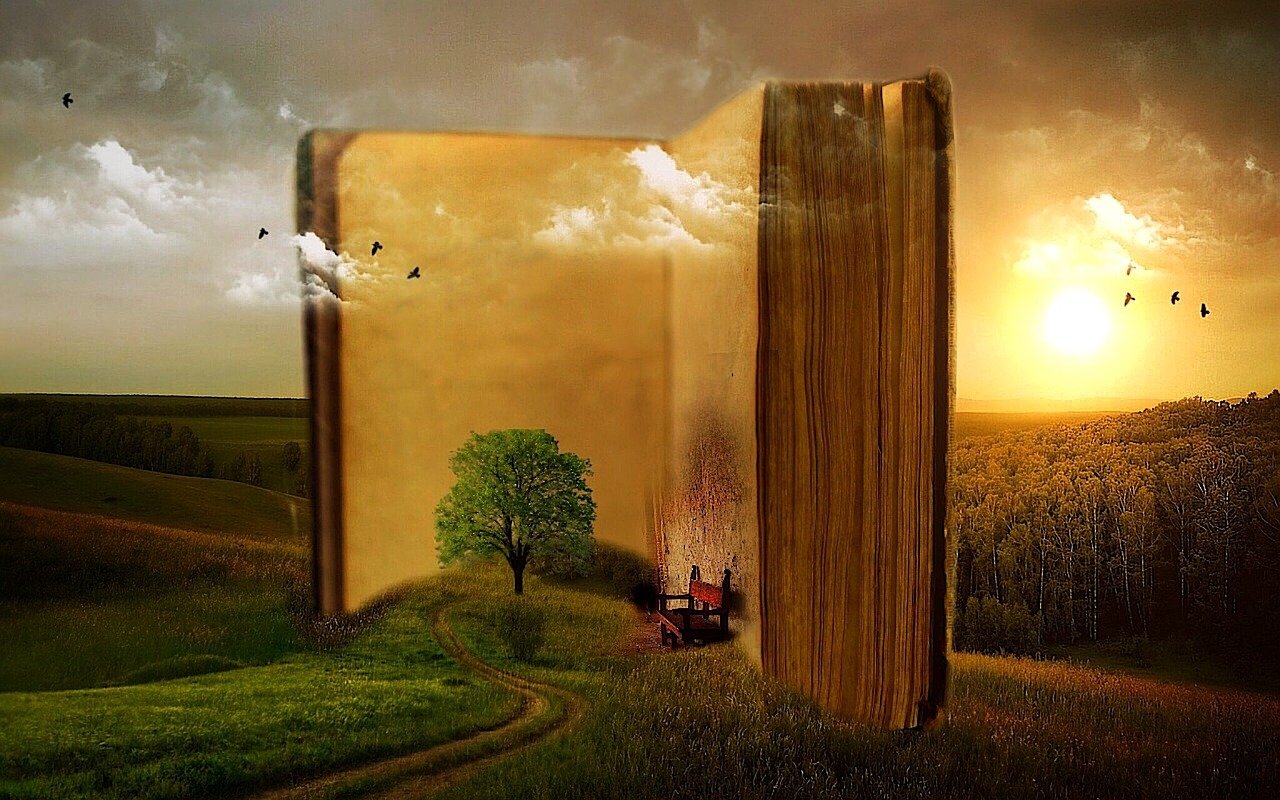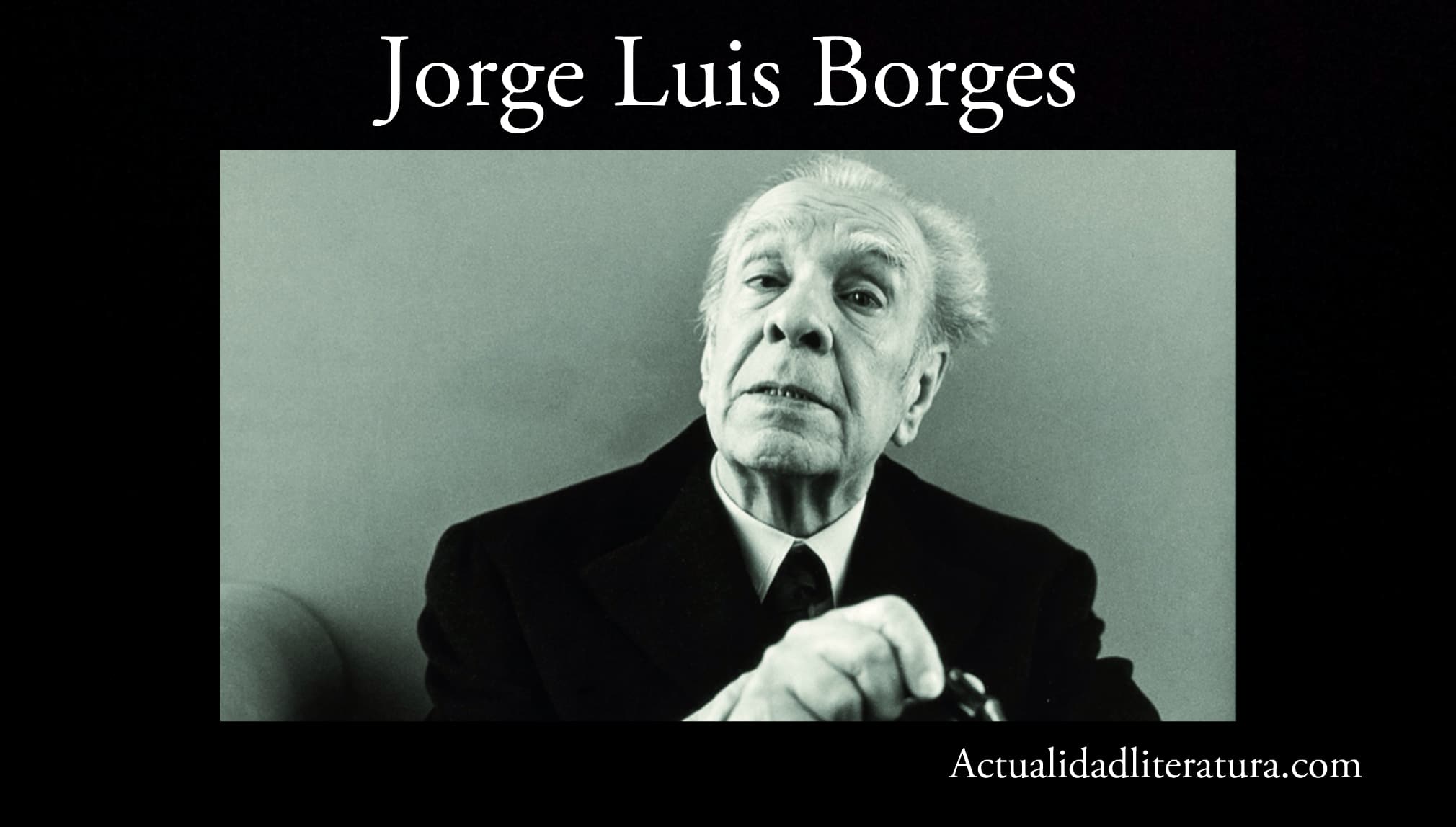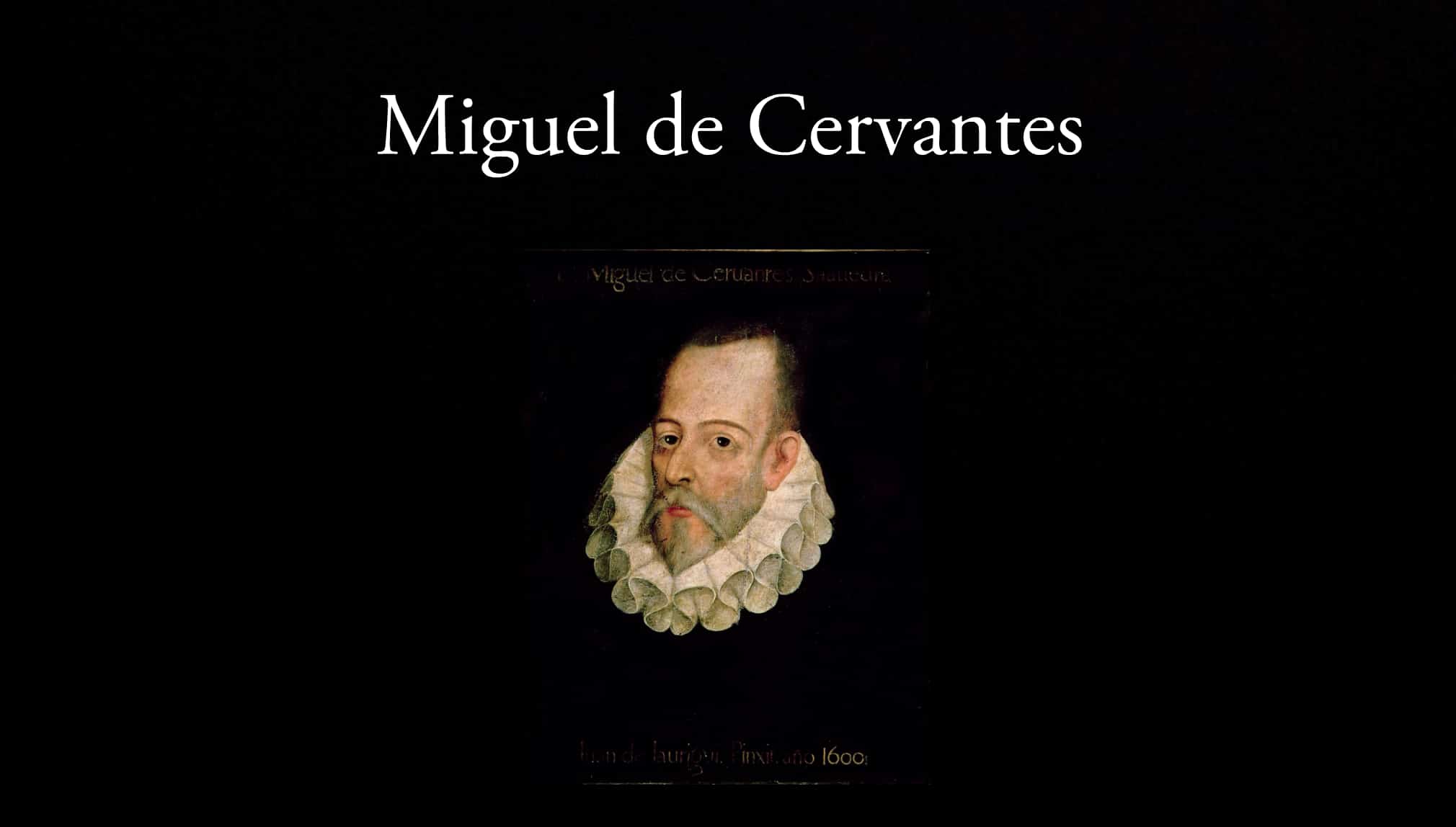
Narrative texts are an omnipresent form of communication in the daily life of human beings. Thanks to them, people can relate a sequence of events that involves one or more individuals, objects, animals, places or things. Likewise, in every narrative that sequence of actions must lead to an outcome.
Therefore, a narrative text can be defined as a written representation of a story —whether true or fictional— framed in a certain space-time. Before the appearance of the technologies that came with digitization, this form of graphic expression was intrinsic to paper. Today, storytelling on electronic devices is a daily occurrence.
Features
Every narrative text has parts and a structure impossible to ignore. Now, it is necessary to clarify that these segments are not clearly delimited in the shorter writings. Such is the case of stories, short stories, news and journalistic notes.
Parties
Introduction
It is the section where the author exposes the situation that he is going to describe or develop with their respective characters and the place of events. Therefore, at this point it is essential to generate curiosity in the reader in order to create engagement. Only in this way is it possible to keep the receiver's attention until the last line of the text.
Naked
It is the so-called peak moment of the narrative. Over there, the narrator always poses a trance or a conflict in accordance (mandatory) with the plot lines outlined in the introduction. This mess contains an event of great importance that gives meaning to the whole story. In addition, it is relevant to estimate if the events follow a linear sequence or an alternation of times.
Outcome

It is the segment that the narration ends and, therefore, determines which sensation (success, failure, animosity, admiration...) will remain in the reader's mind. In some writings —such as detective novels or horror stories, for example—, the mobile of the characters involved is only revealed in the outcome. In this way, the tension and suspense persist until the end.
Modular
- External structure: concerns the physical organization of the writing, that is, if it is armed in chapters, sections, sequences, entries...
- Internal structure: includes those specific elements of the sequence of events exposed in the text: narrator (with his corresponding protagonist or omniscient tone and perspective), space and time.
Types of narrative texts and their characteristics
Story
- condensed structure, in which events are concisely described by a narrator;
- There is a neuralgic conflict (middle) which is addressed without devoting much space to explaining the context;
- It involves few characters;
- Concrete actions lead to the same outcome;
- Generally, no possibility of ambiguous interpretations in the conclusion or open endings (the latter is a resource rarely used in a story).
great storytellers

Jorge Luis Borges.
- Anton Chekhov (1860 – 1904);
- Virginia Woolf (1882-1941);
- Ernest Hemingway (1899-1961);
- Jorge Luis Borges (1899 – 1986). Likewise, it is essential to include the Argentine writer among the masters of the short story.
Short story
- Precise use of each word, which leads to the development of very concise and unadorned sentences;
- Condensation of a single theme;
- reflective or introspective intention;
- Existence of a deep meaning or “subtext”.
Great masters of the short story
- Edgar Allan Poe (1809-1849);
- Franz Kafka (1883-1924);
- John Cheever (1912-1982);
- Julio Cortazar (1914 – 1984);
- Raymond Carver (1938-1988);
- Tobias Wolff (1945-).
Novela
- Fictional narration of a usually long extension (from forty thousand words) and a complicated plot;
- throughout development there is room for a wide variety of characters —with their respective individual histories— and different intertwined actions;
- The novels with the greatest editorial impact they usually have between sixty thousand and two hundred thousand words;
- Given its practically unlimited volume, the author has a lot of creative freedom. For this reason, the novel is the favorite literary genre of most writers, despite the complexity that its elaboration demands.
The three best-selling novels of all time
- Don Quijote de la Mancha (1605), by Miguel de Cervantes; more than half a billion copies sold;
- The tale of two cities (1859), by Charles Dickens; more than two hundred books sold;
- The Lord of the Rings (1954), by J. R. R. Tolkien; exceeds one hundred and fifty million copies sold.
Miguel de Cervantes.
dramatic texts
- Narrations conceived to be represented in theatrical pieces;
- They are essentially texts composed of dialogues expressed within a well-defined space and time;
- Normally the figure of a narrator is dispensed with;
- They give a lot of creative freedom to the playwright, since they can be written in prose or in verse (with the possibility of combining both).
Literary essay
- Subjective statement of reasons with reflective intent and written in prose form;
- Supported ideas:
- Habitually the author uses different literary figures as metaphor or metonymy;
- Does not require the use of technical language or specialized because the body of ideas is aimed at a general public.
Journalistic text
- have a informative intent (although they can also be opinion or mixed texts);
- La statement of the facts es compulsorily rigorous and close to reality;
- Generally have an attractive headline for the reader;
- You can display a short summary so that the reader can decide in advance whether or not they are interested in the article. Anyway, must comply with the essential structuring of all narrative text: Introduction, knot and outcome.
- News:
- Focuses on a current event that arouses the interest of the population;
- informative intention of a relevant event;
- As it is addressed to all audiences, it is usually written in simple language.
- Newspaper report:
- Content must be written objectively, deal with a current topic and respect the sources of information;
- Exposition of detailed and contrasted events.
- investigative character.
- As far as possible, investigations are carried out under a scientific methodology;
Crónica
- narration of events with greatest possible accuracy and in chronological order;
- The authors rely on figures of speech;
- Thoroughness in the analysis of events.
Legend
- They are writings whose development revolves around a main character and almost always inspired by some specific historical event;
- Located in a specific time and space;
- Argument based on natural or supernatural phenomena.
